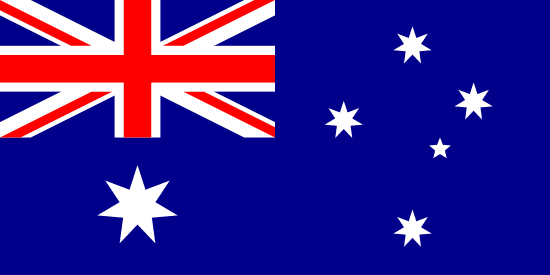"Where the Rainforest Meets the Reef | Where the Rainforest Meets the Reef"
About:
Cairns, Australia, was founded in 1876 as a mining hub due to the Hodgkinson River goldfield. It grew rapidly, becoming a key export port for gold and other minerals. In the 20th century, Cairns developed into a tourist destination, especially after the establishment of the Great Barrier Reef Marine Park in 1975. Today, it's a bustling city known for its tropical climate, outdoor activities, and as a gateway to the Great Barrier Reef and Daintree Rainforest.
When to visit:
Cairns, a tropical city located in the far north of Queensland, Australia, experiences two distinct seasons: the wet season and the dry season. The best time to visit Cairns for a holiday is during the dry season, which typically runs from May to October. This period offers pleasant weather with lower humidity levels and minimal rainfall, ideal for exploring the Great Barrier Reef, the Daintree Rainforest, and other outdoor attractions in the region. It is advisable to avoid visiting Cairns during the wet season from November to April due to heavy rainfall, high humidity, and the potential for cyclones.
When to avoid:
The worst time to travel to Cairns, Australia on a holiday is during the wet season, which typically occurs from November to April. This period is characterized by heavy rainfall, high humidity, and an increased risk of cyclones. Outdoor activities such as diving and snorkeling may be limited due to poor visibility and rough seas. Travelers are advised to plan their trip during the dry season from May to October for more favorable weather conditions.
"Wet Season (Dec–Apr)"
Cairns, Australia experiences its wettest period during the summer monsoon season from December to March. The average temperature ranges from 23°C to 31°C. Rainfall is abundant, often exceeding 400mm per month, with January being the wettest. The city experiences heavy cloud cover, reducing sunlight hours. Despite the rain, humidity remains high. An average day for a visitor during this season would involve intermittent heavy showers and overcast skies. However, the tropical climate ensures it's still warm. Outdoor activities may be affected by the rain, but the lush greenery and waterfalls are at their most spectacular.
"Wet Season (November–April)"
In Cairns, Australia, the warmest part of the year typically spans from November to April, which is the region's wet season. During this period, daily high temperatures average around 31-33°C (88-91°F), rarely falling below 28°C (82°F) or exceeding 35°C (95°F).
Rainfall is quite high during these months, with January and February being the wettest, receiving an average of 400mm and 450mm of rain respectively. It's common to experience tropical rain showers and thunderstorms, particularly in the afternoons and evenings.
Sunlight varies, with an average of 6-7 hours of bright sunshine each day. Despite the rain, the wet season is also characterized by high humidity, which often sits at around 70-90%. This can make the heat feel more intense.
As for cloudiness, the sky is mostly cloudy during this season, limiting the direct sunlight but contributing to the overall warm and humid conditions.
For a visitor, a typical day in Cairns during the warmest part of the year would feel hot and humid. Mornings usually start with some sunshine, then clouds accumulate throughout the day, often resulting in afternoon showers or thunderstorms. Despite the high humidity and rainfall, the warm temperatures make it a great time for water activities like swimming and snorkeling. However, visitors should be prepared for sudden weather changes and take precautions against sunburn and dehydration.
Language:
In Cairns, Australia, the most commonly spoken language is English, as it is the de facto national language of the country. However, due to its multicultural population and popularity as a tourist destination, a variety of other languages can be heard, including Mandarin, Japanese, and Italian. Additionally, some Indigenous languages may also be spoken by the local Aboriginal communities.




